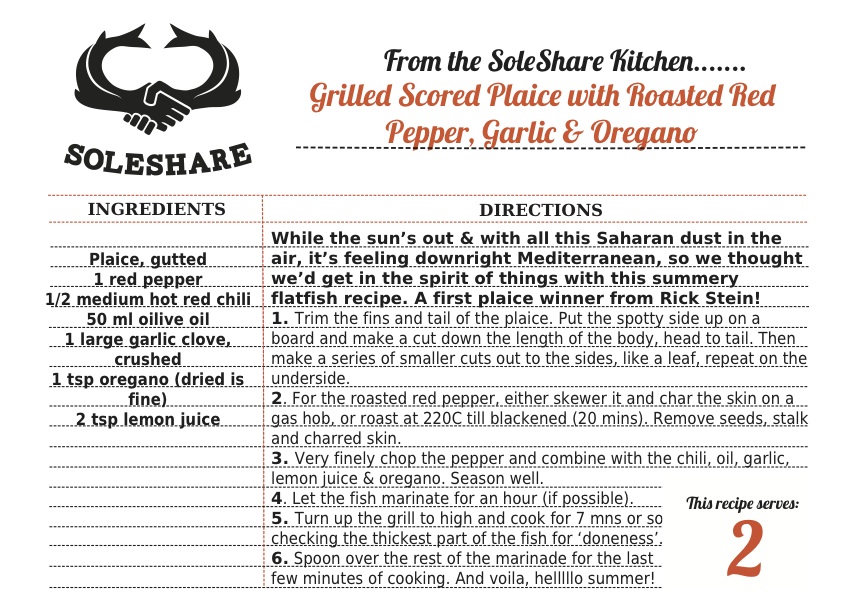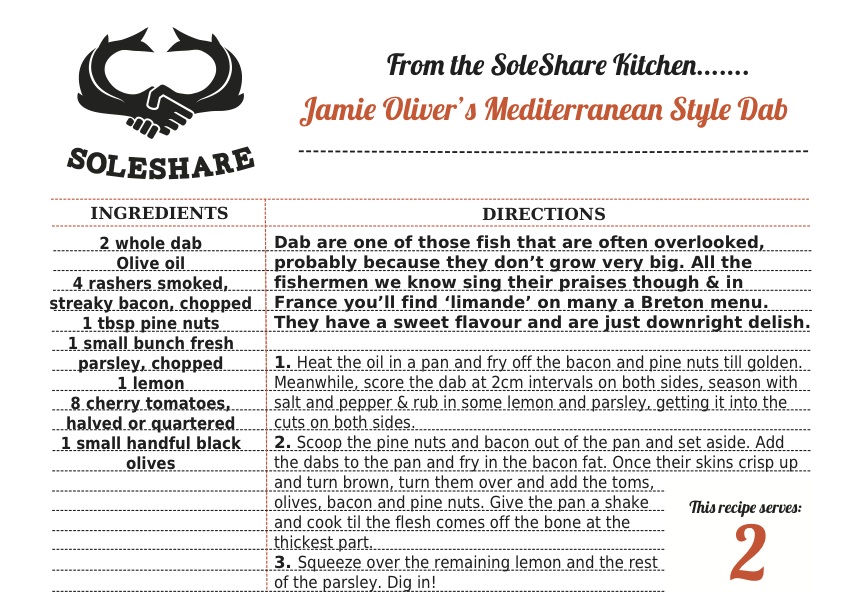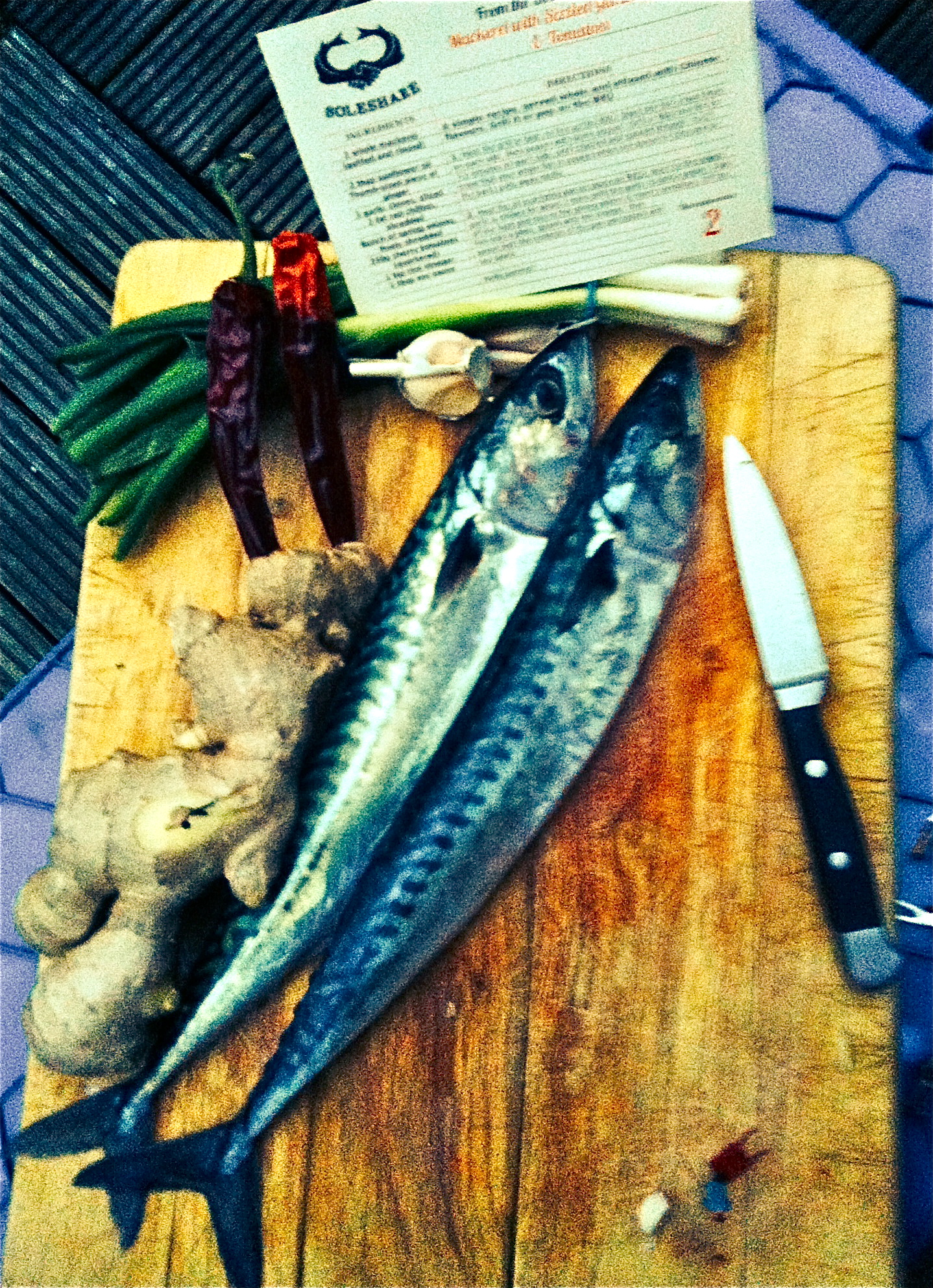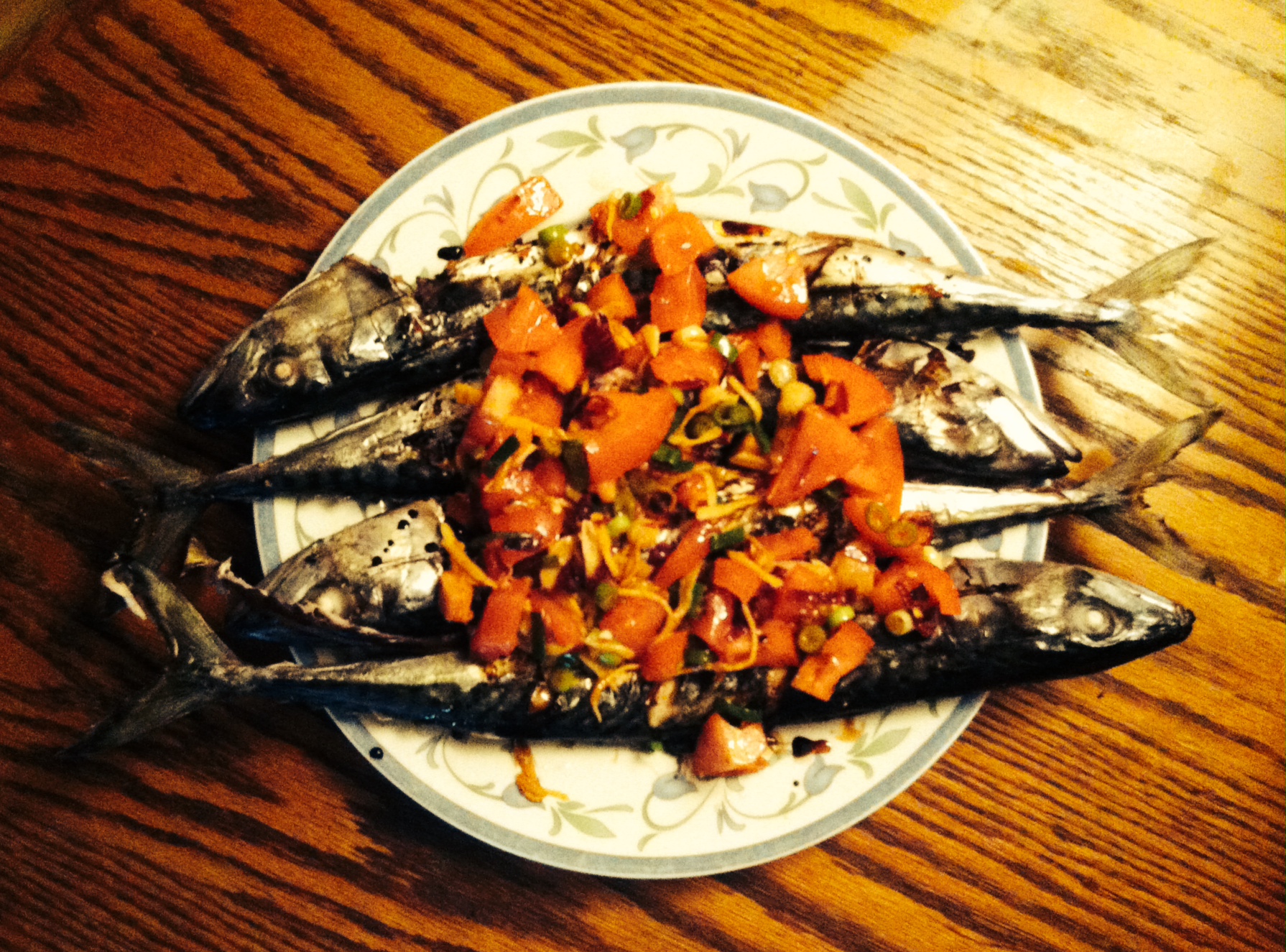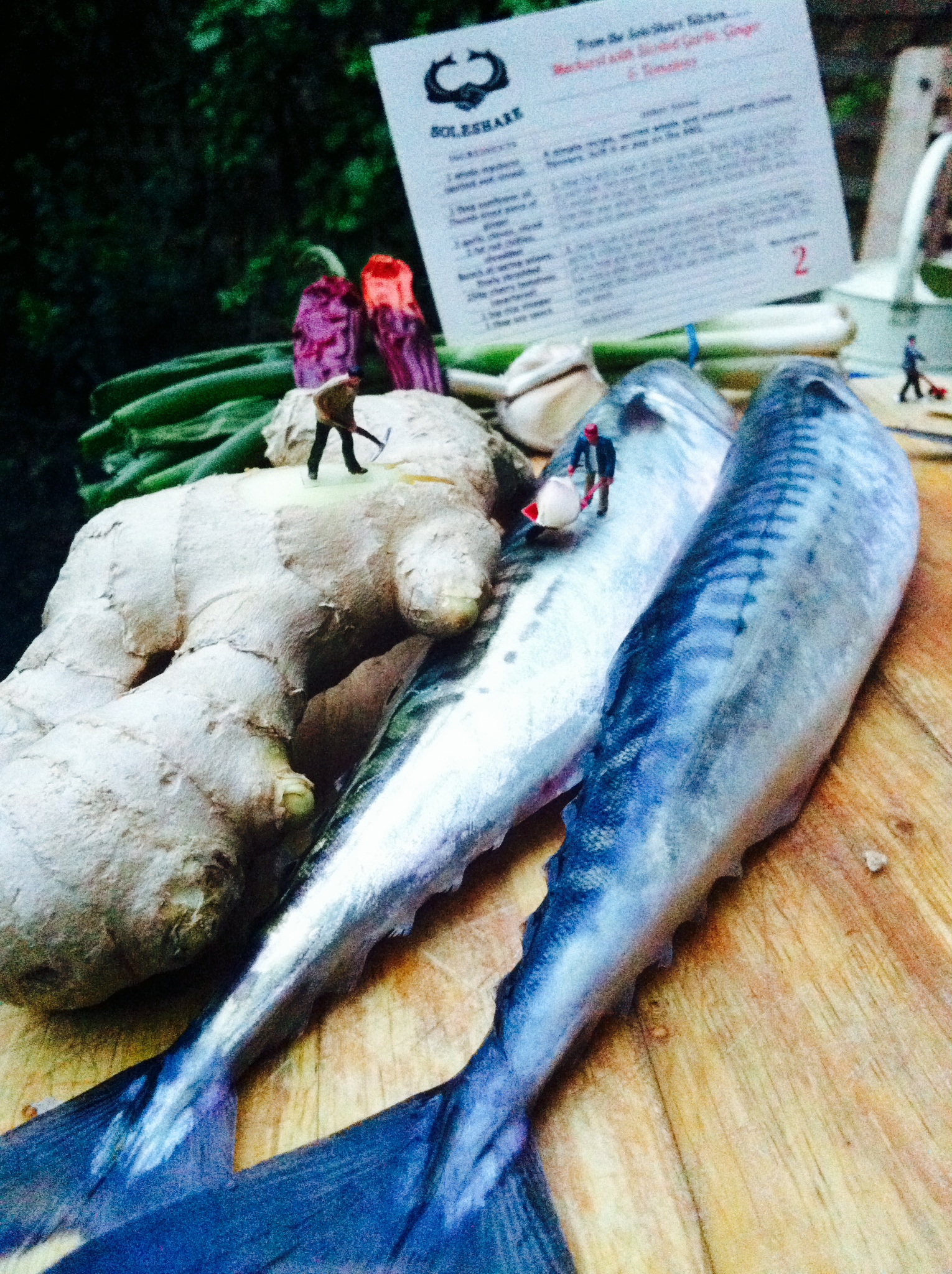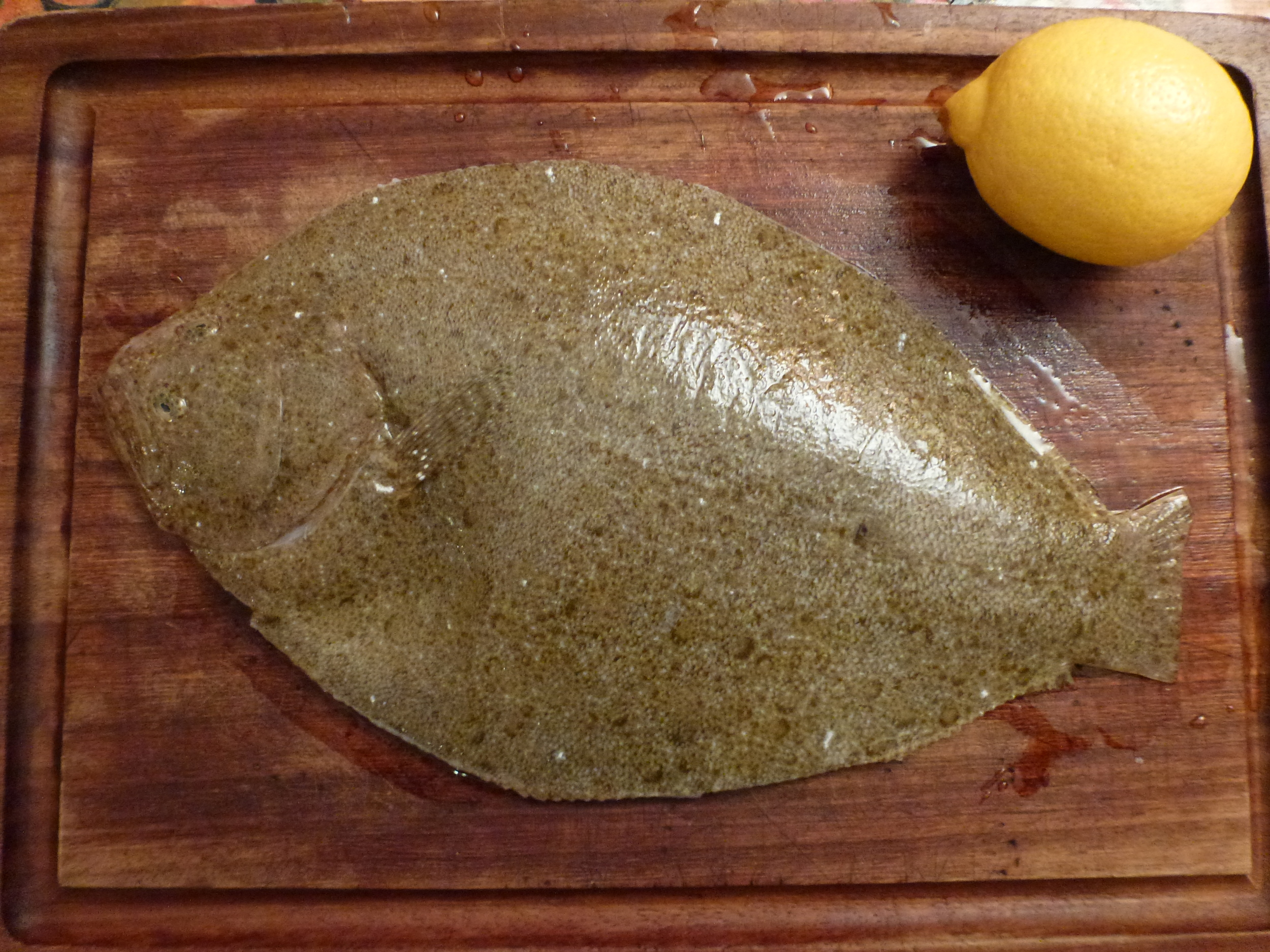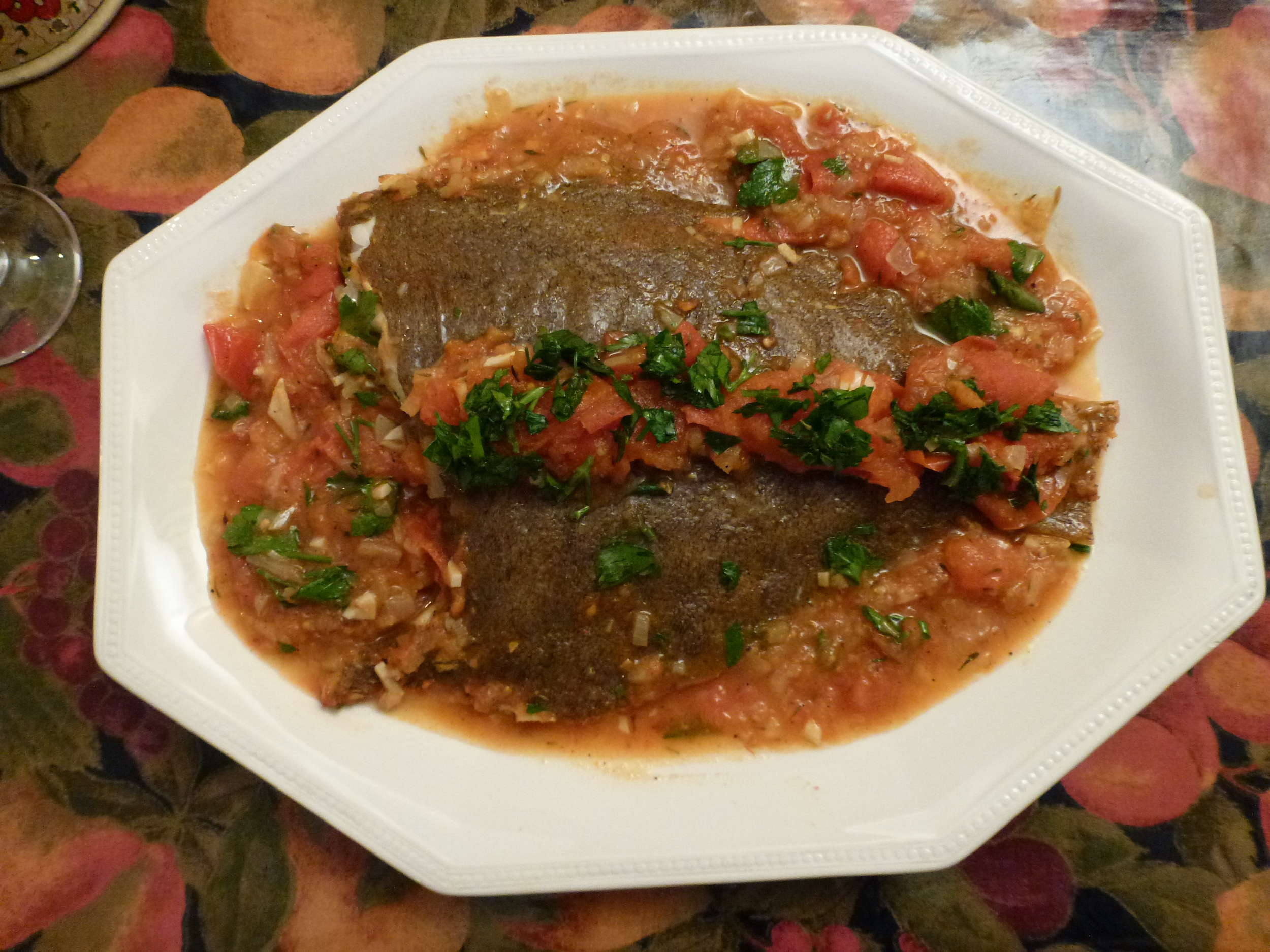
BLOG
Freezing your fish
I get asked a lot about freezing fish. What freezes well, how long things last, will it ruin the fish..?
I found some cuttlefish in the back of my freezer drawer this summer. It was probably from last spring, but could have been from 2014! Either way, I defrosted it, barbecued it and it tasted great. I mean, you really couldn’t notice it had been frozen great.
Cephalopods, like squid and cuttlefish are particularly adept to freezing. Something about the dense, uniformity of their flesh means the ice crystals don’t affect the texture too much.
While fish don't freeze quite as well as squid, there's still no need to fear your freezer. All sashimi grade fish in Japan is frozen before it's sold. And bluefin tuna (the most expensive fish in the world) is frozen on the fishing boat.
The best way to freeze fish is to dip them in water and freeze them, then dip and freeze, dip and freeze... until there's a protective coat of ice around them. Fine if you're freezing a prize fish for auction, but if you've got that much time to spare, you might as well cook it.
bluefin tuna
If you get home with some leftover fish that you know you won’t be able to eat in the next two days, put it straight in the freezer. If it goes in fresh, it comes out fresh. Just give it a clean (scale, gut and rinse), pop it in a ziplock bag and you're good to go. It'll be quite happy for a month (and quite edible 3 months later).
The reason why we’re so suspicious of freezers is probably our own fault. I’ll quite often find some fish that’s been sat in the fridge for 4 or 5 days and think ‘I’m not going to have time to cook that, I’ll chuck it in the freezer’. It’s no surprise that when it comes out of the freezer, it’s not at its best.
I have the same problem when I make soup that isn’t particularly tasty. ‘Oh, I’ll freeze the rest’ [cue disappointing meal 3 months later in which you slowly remember it was pretty horrible the first time round].
You can even cook frozen fish without defrosting them first. Check out our experiments here.
Freezer tips
Freeze fresh
If it goes in fresh, it comes out fresh. Make sure to scale, gut and clean your fish before freezing them.
Seal it tight
Air is your enemy. You’re best off putting it in a ziplock bag and squeezing all the air out before sealing. This also makes sure your ice cubes don’t get all fishy.
Label it
Write down what’s in the bag and the date it went in and you won’t get any nasty surprises, like that time I made a chicken casserole with fish stock.
Freeze in portions
If you’ve got a lot of fish, don’t freeze it all in the same bag. The same goes for freezing stock and stews. If you freeze them in individual portions, you don’t have to defrost the whole lot to make dinner for one.
Save space
I’ve got a tiny freezer, so often fillet and skin fish before freezing to save on space. Plus, little chunks of fish like this are really handy for fish tacos, stews or fishcakes.
Stock bag
If you fillet fish, it’s a good idea to have a ziplock bag in the freezer that you can chuck any heads, frames and trimmings into. Once you’ve built up a healthy amount, boil it up for stock.
Although never use oily fish (mackerel, herrings or sardines) for fish stock, it tastes rank.
Tasty cakes!
I don’t know about you, but my freezer tends to get quite disorganised. In my line of work, that means all sorts of different fish of different sizes, and lots of unlabelled freezer bags containing unidentified fillets or a few frames for stock. I tend to keep adding frames (fish heads & bones), til I reach a critical mass (enough to make stock).
I know a few of our members are putting a small fish in the freezer every week and so I thought I’d share a really easy way of using up any kind of white fish. It works well with a random mixture too, so a great way to use up whatever you have.With fishcakes you can opt for potato based European or fragrant Asian. I like my potatoes fishcakes to have some smoked fish in there too (Felicity Cloake’s are excellent http://www.theguardian.com/lifeandstyle/wordofmouth/2011/jun/16/how-to-cook-perfect-fishcakes).
So for ease I’ll share a Thai fishcake recipe that can be adapted to whatever you have lying around. If you cook a lot of Asian food, you’ll probably have most of the bits in the fridge/cupboard. If not, I’d buy the ingredients from an Chinese Supermarket, as you get a lot more and much better quality, for your money.
Fancy a fishcake?...
Thai fishcakes
500g white fish (filleted weight), roughly chopped
3 Tbsp. fish sauce
1/2 tsp. ground cumin
1/4 tsp. ground coriander
1/2 tsp. palm (or brown) sugar
3 spring onions, finely sliced (or 1/2 small onion/shallot, finely diced)
1 thumb-size piece galangal or ginger, grated
1 lemongrass stalk, bruised
3 cloves garlic
1 red chili, sliced, OR 1/2 tsp. dried crushed chili
vegetable oil for high temp. frying
Optional Extras
6 kaffir lime leaves, snipped into thin strips with scissors
Finely diced green beans
Finely chopped fresh coriander
You can substitute the spices for a tablespoon of Thai red curry paste
a splash of lime juice
3 Tbsp. coconut milk
Breadcrumbs/flour and an egg to bind
Things like fishcakes are great, especially if you’ve not got much experience filleting fish. Even if you mess it up and leave a bit of meat on the bones and are left with scraggy fillets, you’re putting them in the blender anyway, so just scrape any remaining meat from the bones!
You’ll need about a kilo of whole fish to get 500g of skinless boneless fillets. If you’ve never skinned a fillet before, have a look here: https://www.youtube.com/watch?v=z9kp9f7yFJk
If you’re fish has come out of the freezer, give it a pat dry once it’s thawed to remove any excess moisture.
Combine all the ingredients (except the fish) in a food processor. Once they’re all mixed and mashed, add the fish and pulse until you’ve got a thick paste. N.B. If it’s too thin/watery add some flour. If it’s not combining well, add an egg, if it’s too thick, add a few tablespoons of water. You want a nice thick consistency that you can work with your hands.
Once you’ve got your paste right, using wet hands, take a small handful and roll into a small ball (golfball-sized), then flatten into a patty. Put these onto a clean plate. Once they’re all done, pop them in the fridge for 10-15 mins to firm up.
While the fishcakes are in the fridge, get your oil heating up. Pour vegetable (not olive) oil into a high sided frying pan- you’ll need it an inch deep. Put this on a medium-high heat. The oil’s hot enough when a piece of bread fizzes when added to the oil.
When it’s hot enough, fry your fishcakes in batches. Serve with cucumber, coriander and sweet chilli sauce. Tasty cakes!
Catch and recipes of the week were...
Our member Georgia had a brill time chefing up her catch:
'My Father and I were just lamenting the lack of brill on menus. As it isn’t wildly abundant that’s unsurprising, which made this a real treat. I’m on a BIG budget so I did some ingredient substituting to use what I had in the kitchen. It didn’t matter at all. Despite thirty minutes in the oven this fish was as plump and juicy as Mitch Tonks promised'.
This recipes goes with: Spinach. If you are four people I’d also recommend some potatoes as the fish goes fast. Perhaps mashed because there’s lots of juice to soak up!
Weekly discovery: Tom Hunt’s Forgotten Feast. Eco Chef, food waste activist and member of the Sustainable Seafood Coalition (http://sustainableseafoodcoalition.org). I want to have a party just to try his food http://www.tomsfeast.com.





